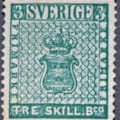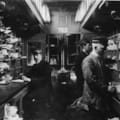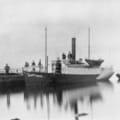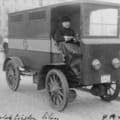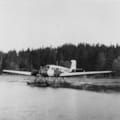New times
In this era of globalization, there is a growing need for cross-border communication and logistics. Regions rather than countries are important to doing business.
To meet these new challenges, the historic merger of Post Danmark A/S and Posten AB took place on June 24, 2009. As of May 2011, the Group is called PostNord AB.
For the first time, two national postal companies have formed a joint Group. With a total of nearly 800 years of industry experience and a strong presence locally, regionally, and globally, we have a solid foundation. With the Nordic region as our domestic market, PostNord will be the leading player in communications and logistics in northern Europe.
Read more about today’s PostNord here at About us.
Digitalization
Digitalization presents us with two directly opposing market trends: while parcel volumes are rising, fewer and fewer physical letters are being sent.
Between 2010 and 2020, mail volumes fell by 49 percent in Sweden and by all of 78 percent in Denmark. Over the same period, parcel volume nearly double in the Nordic region.
Since different types of mail items in part require different sorting technologies and handling, our production has to be adapted if PostNord is to be able to grow with the market. Against this background, we are restructuring and optimizing our operations. The aim is to get more out of our existing terminals and networks. At the same time, we are investing in new infrastructure.
Development of letter and parcel volumes since the PostNord Group was formed



